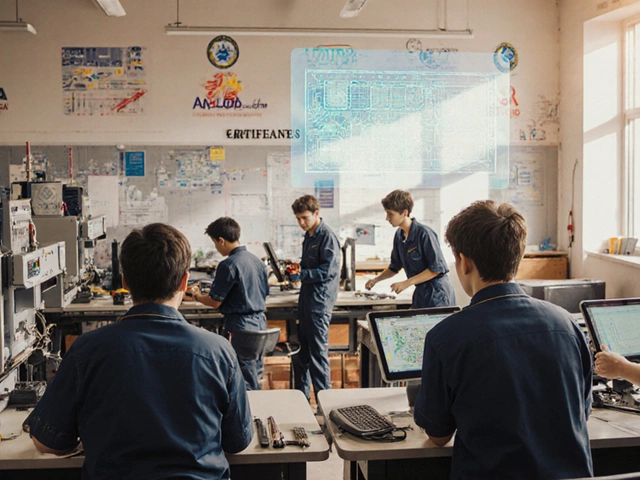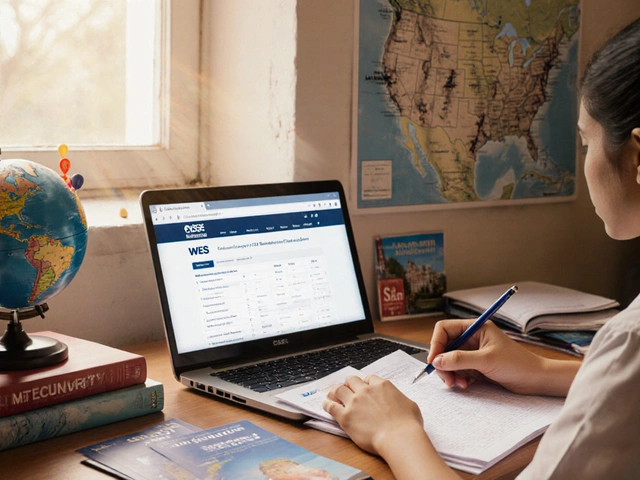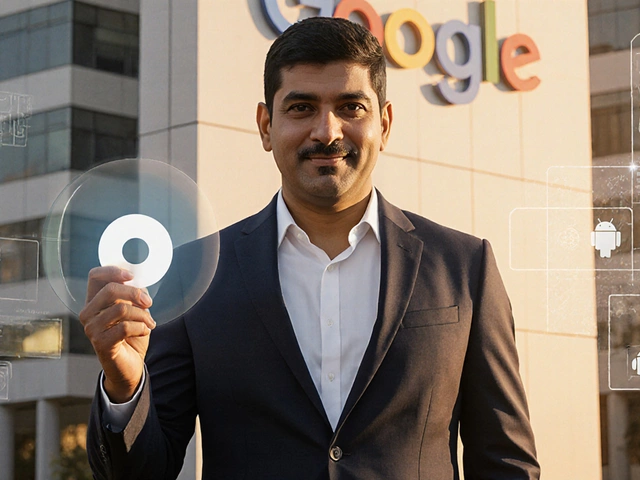Traditional Education: What It Really Means Today and How It Compares
When we talk about traditional education, a system centered on teacher-led instruction, fixed curriculums, and standardized testing in physical classrooms. Also known as formal education, it’s the model most parents and schools in India still rely on—textbooks, blackboards, exams, and strict schedules. This isn’t just history. Even with online courses and AI tutors rising, millions of students in rural towns and metro cities alike sit in rows, memorize NCERT chapters, and take board exams every year because this system still shapes their future.
Traditional education doesn’t just mean sitting still. It’s built on rote learning, the practice of memorizing facts through repetition, often without deep understanding, which works well for exams like NEET and JEE where recall matters more than creativity. But it also relies on classroom learning, face-to-face interaction between teachers and students, where discipline, structure, and immediate feedback play a key role. Unlike self-paced online modules, this model forces consistency. You show up. You pay attention. You’re held accountable. That’s why, despite all the talk about digital learning, many parents still believe this is the only way to build real discipline.
Here’s the thing: traditional education isn’t perfect. It often ignores learning styles, punishes mistakes instead of encouraging them, and doesn’t prepare students for real-world problem-solving. But it does one thing extremely well—it gives everyone the same starting line. Whether you’re in a village school in Bihar or a private academy in Delhi, the syllabus, the exam pattern, and the pressure are similar. That fairness, however rigid, is why it still dominates. And while modern alternatives like vocational training and CTE are growing fast, they still operate in the shadow of this system.
What you’ll find in this collection aren’t just opinions about old-school teaching. These are real stories—of students who cracked JEE Advanced by sticking to traditional methods, of teachers who turned rote learning into memory tricks that worked, of parents who chose this path because they didn’t trust the hype around online courses. You’ll also see how traditional education connects to today’s top careers—like government jobs, medical degrees, and even tech roles where foundational knowledge still wins.
- By Nolan Blackburn
- /
- 26 Jun 2025
Traditional vs Distance Education: Key Differences, Pros, and Cons Explained
Discover how traditional and distance education truly differ, from classroom vibes to flexibility. Get real stats, insider tips, and choose what's right for you.





